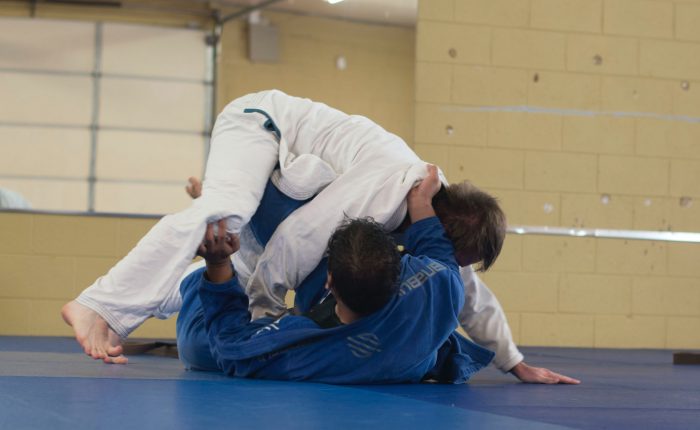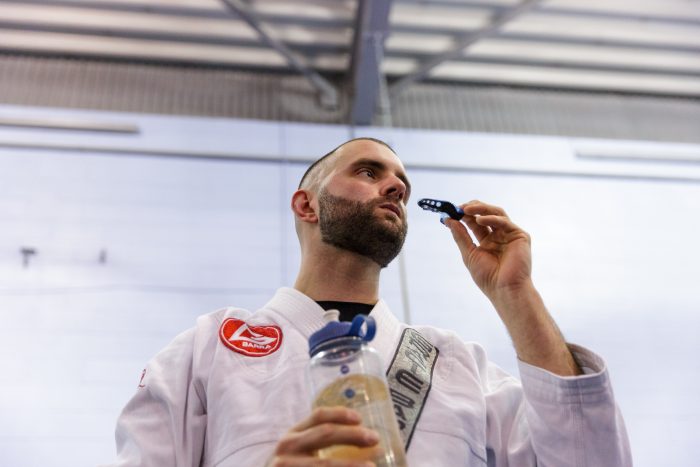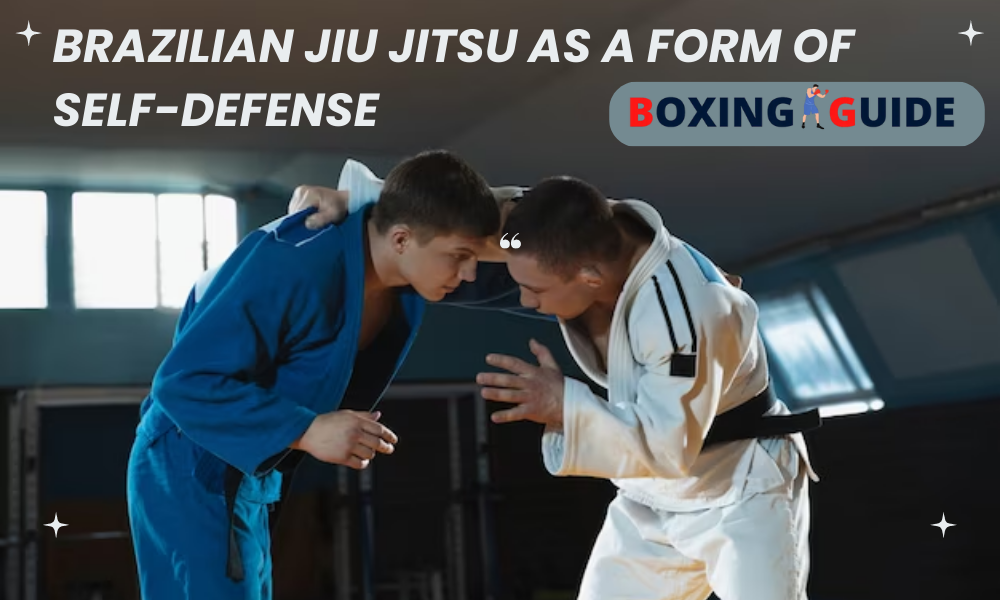As we all know, Brazilian Jiu Jitsu for self-defense training is a basic necessity nowadays. In a world where bad people roam around, you will have to develop skills to fight back just in case an unavoidable situation arises.
Still and all, the practice of violence is never romanticized. However, when it comes to staying still and surviving, sometimes you need to strike back in order to live.
With that, we have here Brazilian Jiu-Jitsu which is highly regarded as a good, if not the best, self-defense martial art there is. But really, is Brazilian Jiu Jitsu really a good self-dense, or is it only overrated?

Brazilian Jiu Jitsu as a Self-Defense
Perhaps the straightforward reason why Brazilian Jiu Jitsu is a good form of self-defense is because of its inclination to grappling art. In fact, it utilizes skeletal leverage to either create or close space. Conclusively, it aims to take control of the attacker’s movement, especially if he or she is evidently stronger and bigger than you are.
The key here is to take advantage of an enemy whose build is bigger but fortunately doesn’t know how to make good use of it. The space management incorporated in such practice is a good tool during violent interactions.
For instance, if an attacker has caught you, then you can control him or her for a couple of minutes until help arrives. Or you have the option to slumber them with a choke by simply executing the accurate space coordination.
Luckily, a good number of fights end up as a ground fights. With that, it puts Brazilian Jiu Jitsu trainees in a more advantageous position. Just take all those throw and takedown practices for example; it guarantees your upper hand in the fight. What’s more, a joint lock or choke can end everything once and for all. It sounds brave, right?

Less Shock, More Adrenaline Rush
One advantage of being trained for Brazilian JiuJitsu is your ability to withstand surprising events, as well as the capacity to indulge adrenaline rush. As we all know, a stand-up confrontation usually moves us to fear, causing our inability to think and fight back.
Furthermore, it eliminates your discomfort at the idea of an attacker taking up your personal space. Therefore, you are able to execute your self-defense actions better. After all, in a life-and-death situation, every second counts so hesitation is all for bad luck.
Generally, the point is for you to develop convenience in timing, pressure, and emotions all at once. A person with a BJJ background is more likely to think clearly and efficiently when caught in a mind-blowing scene.
The Standard of Fighting Back
Needless to say, Brazilian Jiu Jitsu is the standard of self-defense or fighting back. This is very evident in the time allocated for training just to reach certain feats. In fact, it usually takes a decade before reaching the black belt or the highest level of expertise in such a sport.
With that, the slower the rank up is, the more hours and energy are put into vigorous training. This is because it ensures that a black belter is an all-knowing person already. Although admittedly, a person’s rank isn’t a good determiner of one’s ability – still, it tells his or her passion after training for years.
The distinction between ranks is noticeable when it comes to grappling execution, control possession, and space management.
The Red Zone Vs Green Zone
According to Rener Gracie, an American Brazilian Jiu-Jitsu practitioner, controlling the distance of your opponent is the key to using Jiu Jitsu for self-defense.
Moreover, he categorized the conceptual focus of Brazilian Jiu Jitsu into two: the red zone and the green zone. For the red zone, it is a risky distance for you to be in a self-defense scene, whereas the green zone is a safe place. These zones are not the same as the spacing accepted in regular sport Jiu jitsu.
Final Words
All in all, we can say that Brazilian Jiu jitsu is a potential live savior when it comes to unexpected attacks. The techniques, positioning, and space management learned are enough to throw out an attacker.
However, no martial art can ever prepare you for the stress of spontaneous combat. The last thing that you can do is oversee future conflicts, anticipate a wrongful strike, and control the assailant’s move.

